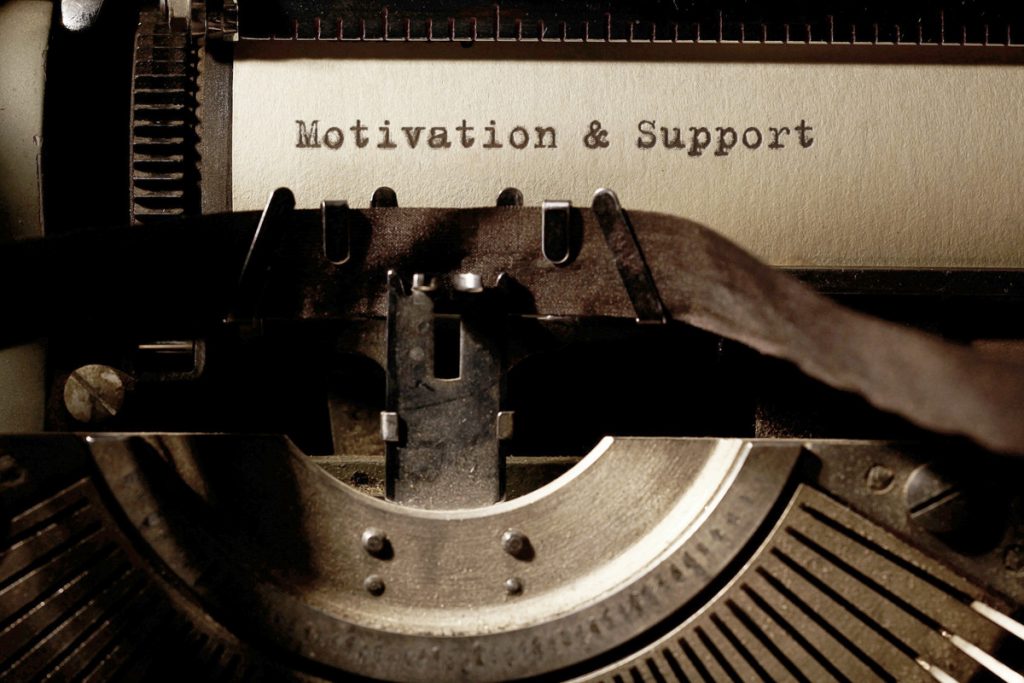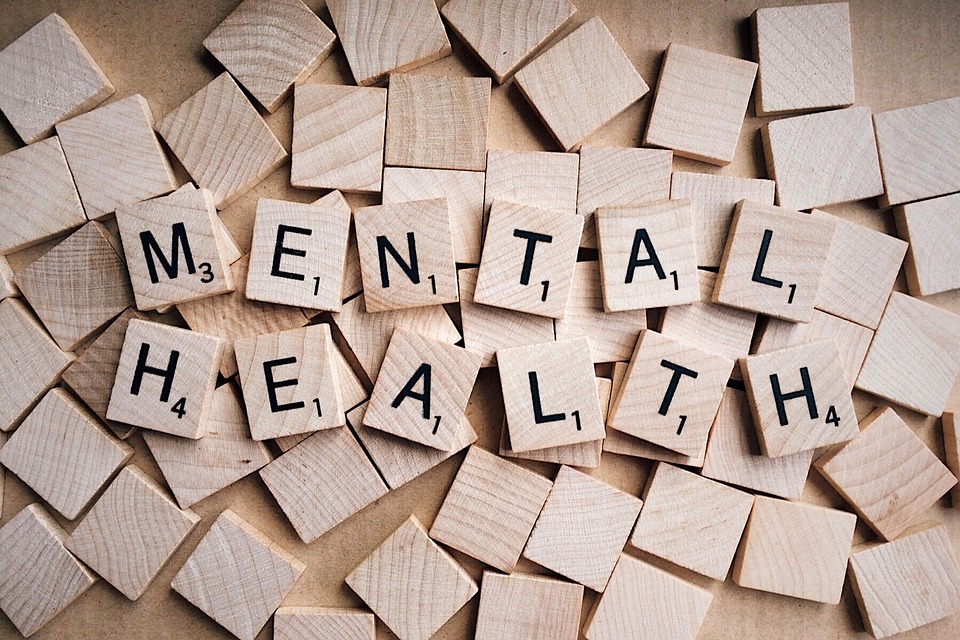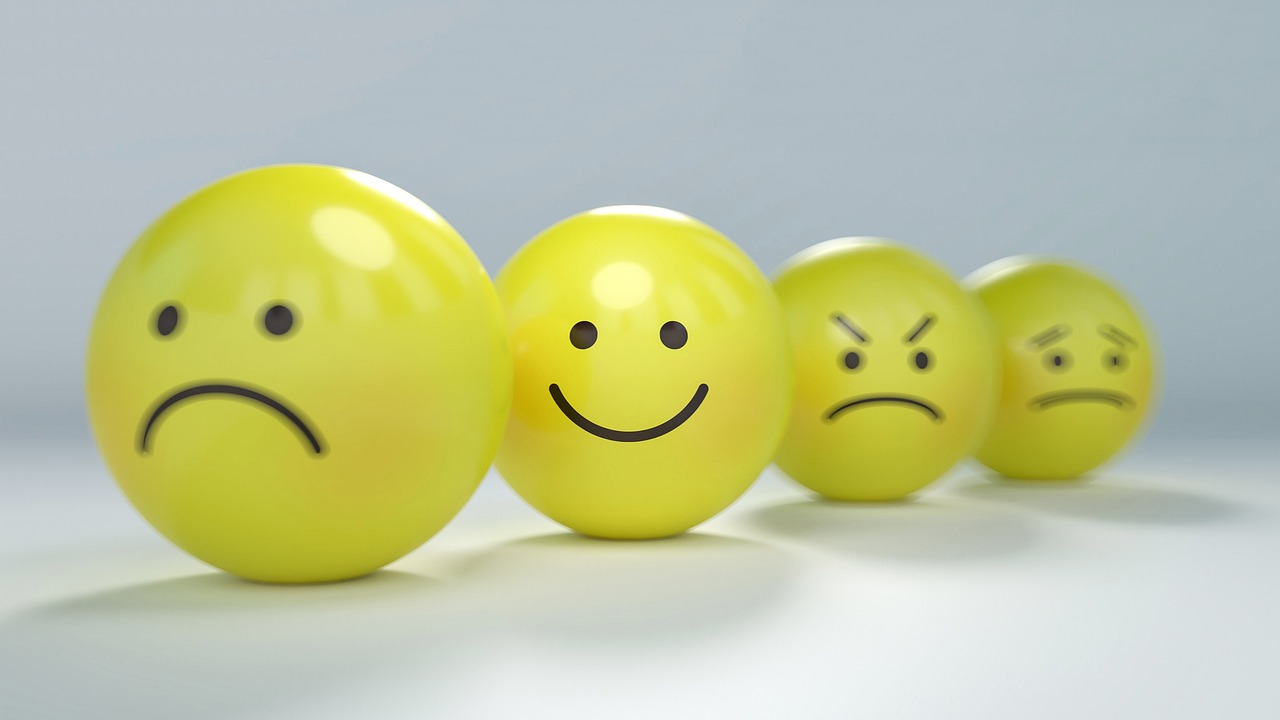
The Impact of Depression and Anxiety on Daily Functionality
Depression and anxiety are pervasive mental health issues that can significantly disrupt a person’s daily life. These conditions can affect one’s ability to function in various aspects, including personal, social, and professional domains. Understanding their impact is crucial for both sufferers and those supporting them, as it can lead to more effective coping strategies and interventions.
The Nature of Depression and Anxiety
Depression is characterized by persistent sadness, loss of interest in previously enjoyable activities, and a range of emotional and physical problems. Common symptoms include fatigue, changes in appetite and sleep patterns, and difficulty concentrating. Anxiety, on the other hand, involves excessive worry and fear, often accompanied by physical symptoms such as increased heart rate, sweating, and trembling. Both conditions can occur separately or together, compounding their impact.
Cognitive Impairments
One of the most significant effects of depression and anxiety is on cognitive functions. These impairments can include:
- Difficulty Concentrating: Individuals may find it hard to focus on tasks, leading to decreased productivity and efficiency. Simple tasks can become overwhelming, and completing work on time may seem impossible.
- Memory Problems: Both short-term and long-term memory can be affected. Forgetfulness can strain personal and professional relationships and lead to mistakes in work or daily tasks.
- Decision-Making Difficulties: Depression and anxiety can cloud judgment and make decision-making a strenuous process. This can result in procrastination and missed opportunities, further exacerbating feelings of inadequacy.
Physical Symptoms and Fatigue
Physical symptoms of depression and anxiety can be debilitating. These include:
- Chronic Fatigue: Persistent tiredness can make getting out of bed a daunting task. This fatigue is not relieved by rest and can significantly hinder daily activities and responsibilities.
- Sleep Disturbances: Insomnia or hypersomnia (excessive sleeping) can disrupt the body’s natural rhythms, leading to further fatigue and cognitive impairments.
- Somatic Complaints: Physical symptoms like headaches, stomachaches, and muscle tension are common. These symptoms can lead to frequent absenteeism from work or school and avoidance of social activities.
Emotional and Behavioral Changes
Depression and anxiety can cause significant emotional and behavioral changes that affect daily life:
- Irritability and Mood Swings: Increased irritability and frequent mood swings can strain relationships with family, friends, and colleagues.
- Social Withdrawal: A person may avoid social interactions, leading to isolation and further exacerbating feelings of loneliness and despair.
- Reduced Motivation: Lack of interest and motivation can lead to neglect of personal hygiene, household chores, and other daily responsibilities.
Impact on Professional Life
In the workplace, depression and anxiety can lead to:
- Decreased Productivity: Cognitive impairments and lack of motivation can reduce work output and quality.
- Increased Absenteeism: Frequent sick days due to mental and physical symptoms can affect job performance and career progression.
- Interpersonal Conflicts: Mood swings and irritability can lead to misunderstandings and conflicts with colleagues and supervisors.
Social and Personal Life
In personal and social contexts, these conditions can result in:
- Strained Relationships: Loved ones may struggle to understand the changes in behavior and mood, leading to conflicts and misunderstandings.
- Reduced Participation in Activities: Hobbies and social gatherings may be abandoned, leading to a loss of pleasure and social support.
- Parenting Challenges: Parents with depression or anxiety may find it difficult to engage with their children, impacting the family dynamic and the children’s well-being.
Coping Strategies and Support
Addressing the impact of depression and anxiety on daily functionality involves a combination of strategies:
- Professional Help: Therapy, such as cognitive-behavioral therapy (CBT), and medication can be effective treatments. Regular consultations with healthcare providers are essential for managing symptoms.
- Support Systems: Strong support from family, friends, and support groups can provide emotional comfort and practical assistance.
- Self-Care: Regular exercise, a balanced diet, adequate sleep, and mindfulness practices can help manage symptoms.
- Time Management: Breaking tasks into smaller, manageable steps can reduce overwhelm and improve productivity.
- Communication: Openly discussing challenges with employers and loved ones can foster understanding and support.
30 Ways Depression and Anxiety Can Affect Daily Life
- Avoid washing and personal hygiene
- Increase in alcohol consumption
- Use of drugs for self-medication
- Neglecting household chores
- Isolating from friends and family
- Missing work or school frequently
- Sleeping too much or too little
- Overeating or loss of appetite
- Lack of interest in hobbies or activities
- Difficulty making decisions
- Procrastination on important tasks
- Persistent feelings of sadness or hopelessness
- Increased irritability and anger
- Decreased productivity at work
- Trouble focusing or concentrating
- Forgetting important appointments or tasks
- Financial irresponsibility or neglecting bills
- Avoiding social gatherings and events
- Withdrawing from relationships
- Chronic fatigue and lack of energy
- Physical symptoms like headaches or stomachaches
- Avoiding exercise or physical activity
- Engaging in risky behaviors
- Difficulty maintaining a regular routine
- Decline in personal appearance
- Avoiding seeking medical or mental health care
- Negative self-talk and low self-esteem
- Feeling overwhelmed by simple tasks
- Emotional numbness or detachment
- Increased dependency on others for support
The Urgent Need to Address Depression and Grief: A Call to Policymakers and Stakeholders
Depression and grief are universal experiences that can strike anyone, regardless of their background, socioeconomic status, or personal achievements. Policymakers and stakeholders must recognize the profound impact these conditions can have on individuals and society as a whole. By taking these issues seriously and implementing comprehensive support systems, we can foster a more compassionate and resilient community.
The Ubiquity of Depression and Grief
Depression is a debilitating mental health condition characterized by persistent sadness, loss of interest in activities, and a range of physical and emotional symptoms. Grief, often triggered by the loss of a loved one, significant life changes, or traumatic events, shares many of these symptoms. Both can affect anyone, from successful business executives to stay-at-home parents, highlighting the indiscriminate nature of these afflictions.
The Profound Impact of Loss
Imagine the harrowing experience of losing a loved one, watching your business collapse, your home burgled, or recovering from domestic violence. Such events can be profoundly traumatic, leaving individuals grappling with intense emotions and a sense of helplessness. These experiences can trigger severe depression, making it difficult to carry out daily activities, maintain relationships, and engage in work or leisure.
The Consequences of Ignoring Mental Health
Failing to address depression and grief can have far-reaching consequences. Individuals suffering from these conditions often face:
- Deteriorating Physical Health: Chronic depression can lead to a host of physical issues, including heart disease, weakened immune function, and chronic pain.
- Reduced Productivity: Depression can significantly impair cognitive function, reducing productivity and efficiency in the workplace.
- Strained Relationships: The emotional toll of depression and grief can lead to conflicts and distancing in personal relationships.
- Increased Healthcare Costs: Untreated mental health issues often result in higher healthcare costs due to frequent doctor visits and long-term treatment needs.
- Social Isolation: The stigma surrounding mental health can cause individuals to withdraw from social interactions, exacerbating their condition.
The Role of Policymakers and Stakeholders
Policymakers and stakeholders have a crucial role in addressing these issues by implementing effective strategies and policies. Here are some key areas of focus:
- Mental Health Education: Raising awareness about depression and grief, their symptoms, and the importance of seeking help is vital. Educational campaigns can reduce stigma and encourage early intervention.
- Accessible Mental Health Services: Ensuring that mental health services are accessible and affordable for everyone is essential. This includes funding for counseling, therapy, and support groups.
- Workplace Support: Employers should be encouraged to create supportive work environments that recognize the impact of mental health on productivity and provide resources for employees in need.
- Crisis Intervention: Establishing robust crisis intervention programs can provide immediate support for individuals experiencing acute mental health crises.
- Research and Funding: Investing in mental health research can lead to better understanding and treatment of depression and grief. Increased funding for mental health programs is also crucial.
Building a Compassionate Society
Addressing depression and grief requires a collective effort. By acknowledging the seriousness of these conditions and taking proactive measures, we can create a society that supports mental well-being. Policymakers and stakeholders must lead the way in fostering an environment where individuals feel safe to seek help and are provided with the necessary resources to recover and thrive.
Disability Does Not Discriminate, Nor Should Policymakers or PIP Assessors
Disability can affect anyone, regardless of their age, gender, socioeconomic status, or background. It is an equal-opportunity condition that does not choose its victims, striking individuals from all walks of life. Given this reality, it is imperative that policymakers and Personal Independence Payment (PIP) assessors approach their roles with fairness, empathy, and an unwavering commitment to equality.
The Reality of Disability
Disabilities come in many forms—physical, mental, sensory, and intellectual—and can result from a variety of causes, including genetic conditions, accidents, illnesses, and aging. No demographic is immune. An affluent professional is just as likely to become disabled as a person from a lower socioeconomic background. This universality underscores the need for policies and assessments that are equitable and devoid of bias.
The Role of Policymakers
Policymakers have the power to shape the lives of disabled individuals through legislation and resource allocation. They must ensure that laws and policies recognize the diverse experiences of people with disabilities and provide adequate support. This includes:
- Comprehensive Legislation: Enacting laws that protect the rights of disabled individuals and ensure equal access to opportunities and resources.
- Funding for Services: Allocating sufficient funding for healthcare, rehabilitation, assistive technologies, and social services.
- Public Awareness Campaigns: Promoting understanding and acceptance of disabilities to combat stigma and discrimination.
The Responsibilities of PIP Assessors
PIP assessors play a critical role in determining the support that individuals with disabilities receive. Their assessments must be:
- Objective and Unbiased: Ensuring that personal prejudices do not influence the evaluation process. An assessor’s role is to accurately and fairly assess an individual’s needs based on their condition, not superficial judgments.
- Comprehensive: Recognizing the full impact of a disability, including invisible and episodic conditions such as mental health issues. Seeing someone smile should not lead to the assumption that they are not struggling.
- Empathetic: Conducting assessments with sensitivity and respect, acknowledging the individual’s lived experience and the challenges they face.
Combatting Discrimination
To combat discrimination, both policymakers and PIP assessors must be trained to understand the nuances of disability. This includes:
- Ongoing Education: Regular training on the latest developments in disability research and best practices in assessment and support.
- Stakeholder Engagement: Consulting with disabled individuals and advocacy groups to ensure that policies and assessment processes reflect their needs and experiences.
- Transparency and Accountability: Implementing clear guidelines and accountability measures to prevent and address discriminatory practices.
Conclusion
Depression and grief are profound challenges that can affect anyone, at any time. Policymakers and stakeholders must never take these conditions for granted. By implementing comprehensive mental health strategies, we can ensure that those suffering receive the support they need, ultimately building a more compassionate, understanding, and resilient society. Recognizing and addressing the impacts of depression and grief is not only a moral imperative but also a crucial step toward a healthier and more productive community.
Depression and anxiety can profoundly affect a person’s daily functionality, impacting cognitive abilities, physical health, emotional well-being, and social interactions. Recognizing these effects and implementing coping strategies are crucial steps toward improving quality of life and managing these conditions effectively. With appropriate treatment and support, individuals can regain control and lead fulfilling lives despite the challenges posed by depression and anxiety.
Personal Independence Payment (PIP) assessments should not confuse the symptoms of depression with a person’s intelligence, as doing so perpetuates a form of discrimination known as ableism. Depression is a serious mental health condition that can significantly impair daily functioning, regardless of an individual’s cognitive abilities. It’s crucial for PIP assessors to understand that outward expressions, such as smiling, do not necessarily reflect one’s internal emotional state. Mistaking a brief moment of apparent happiness for an overall assessment of well-being undermines the complexity of mental health issues and can lead to unjust decisions regarding support and benefits. This approach not only dismisses the severity of depression but also reinforces stereotypes and biases that contribute to the marginalization of those with mental health conditions.
Depression does not discriminate, and neither should those responsible for shaping and implementing policies and support systems. Policymakers and PIP assessors must uphold principles of fairness, empathy, and inclusivity, ensuring that all individuals with disabilities receive the respect, support, and opportunities they deserve. By doing so, we move closer to a society where everyone, regardless of their abilities, can lead fulfilling and dignified lives.
Further Reading
- ‘I was rejected for PIP because I had a degree and smiled during my assessment’ (msn.com)
- https://disabledentrepreneur.uk/category/personal-independence-payments/
- https://disabledentrepreneur.uk/directory-of-useful-contacts/
- https://disabledentrepreneur.uk/useful-links-2/
- https://disabledentrepreneur.uk/category/grief/

























